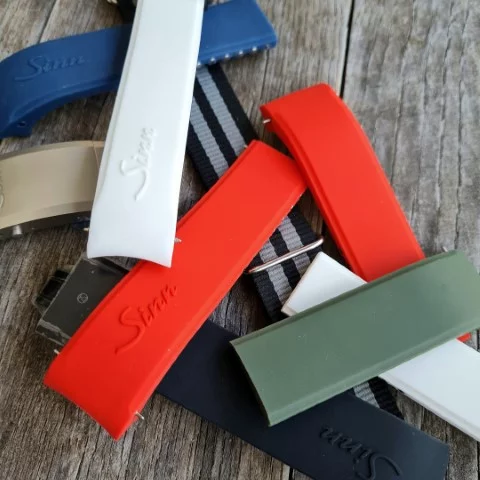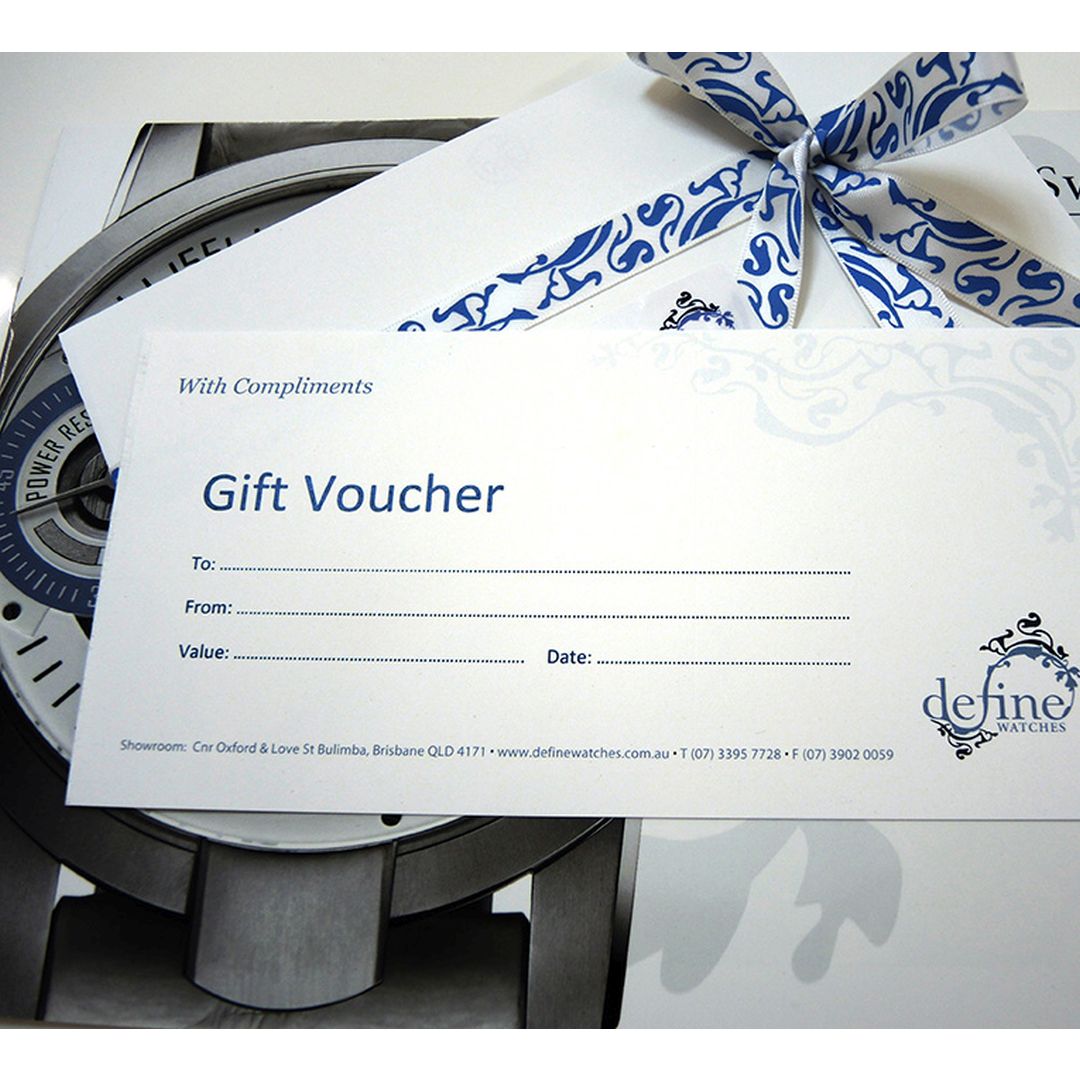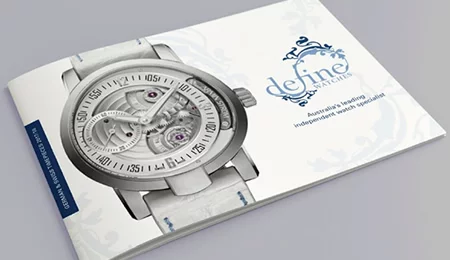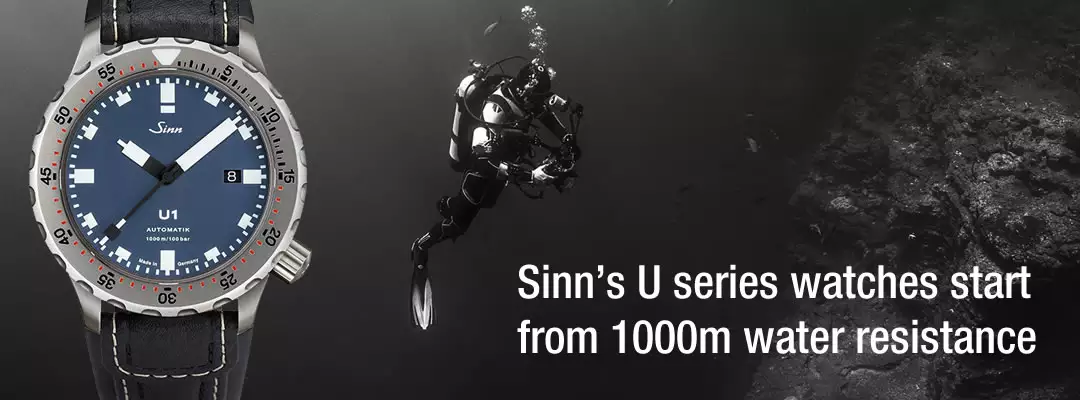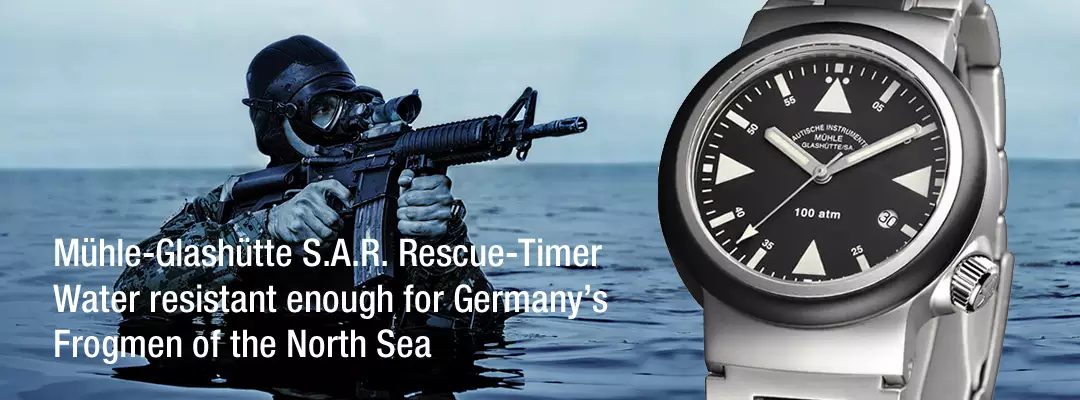About DNV GL (formerly Germanischer Lloyd)
DNV GL provides technical testing and certification as well as software and independent advisory services
to the energy, oil and gas, and maritime industries. DNV GL is represented at 300 locations in more than
100 countries. Every day, over 16,000 employees around the world help customers to make the world safer,
smarter and greener.
DNV GL 150 years ago
DNV GL was the result of a merger between the classification companies Det Norske Veritas (DNV) and
Germanischer Lloyd (GL), both of which started out in shipping almost 150 years ago. In the early days of
maritime trade, whoever entrusted a ship to transport their goods or even sailed on board themselves as a crew
member or passenger wanted to know that the ship would be safe on its travels. Shipowners and merchants
would not rely solely on the good reputation of the shipbuilder or captain. Objective criteria had to be created
in order to check safety standards. Even back then, the technical quality of a ship was decisive in ensuring
the safe transportation of cargo and passengers on the high seas. On the initiative of various shipowners,
an advisory committee was formed to deal with ship classification. While 1864 saw the foundation of the
classification company DNV, three years later the articles of incorporation were signed in the great hall of the
Hamburg stock exchange to establish GL.
DNV GL today
Almost 150 years later, in September 2013, the merged company DNV GL commenced operations. The DNV GL
merger created not only the world’s biggest ship classification company, but also one of the leading providers
of testing and inspection services for the oil and gas industry as well as an expert in renewable energies and
smart grids. DNV GL is also one of the world’s top-three certification bodies for management systems.

